Discover the Enchanting World of Sphagnum Teres Moss: A Guide for Enthusiasts
Affiliate Disclaimer: As an affiliate, we may earn a small commission when you make a purchase from any of the links on this page at no additional cost to you!
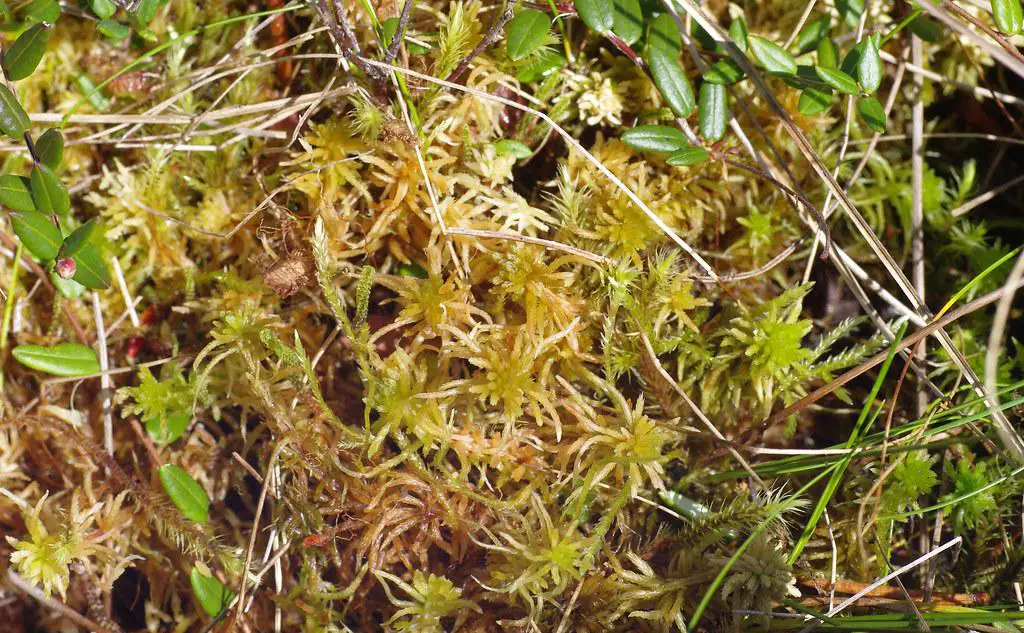
41059323312_cbc92a5e1b_b.jpg from: https://www.flickr.com/photos/126598284@N05/41059323312/
Introduction
The world of mosses is a fascinating one, and among the many species that exist, Sphagnum teres (Schimp.) Ångstr. stands out as a unique and intriguing member of the Sphagnaceae family. Also known simply as Sphagnum, this moss has captured the interest of enthusiasts and researchers alike, thanks to its distinctive characteristics and ecological significance.
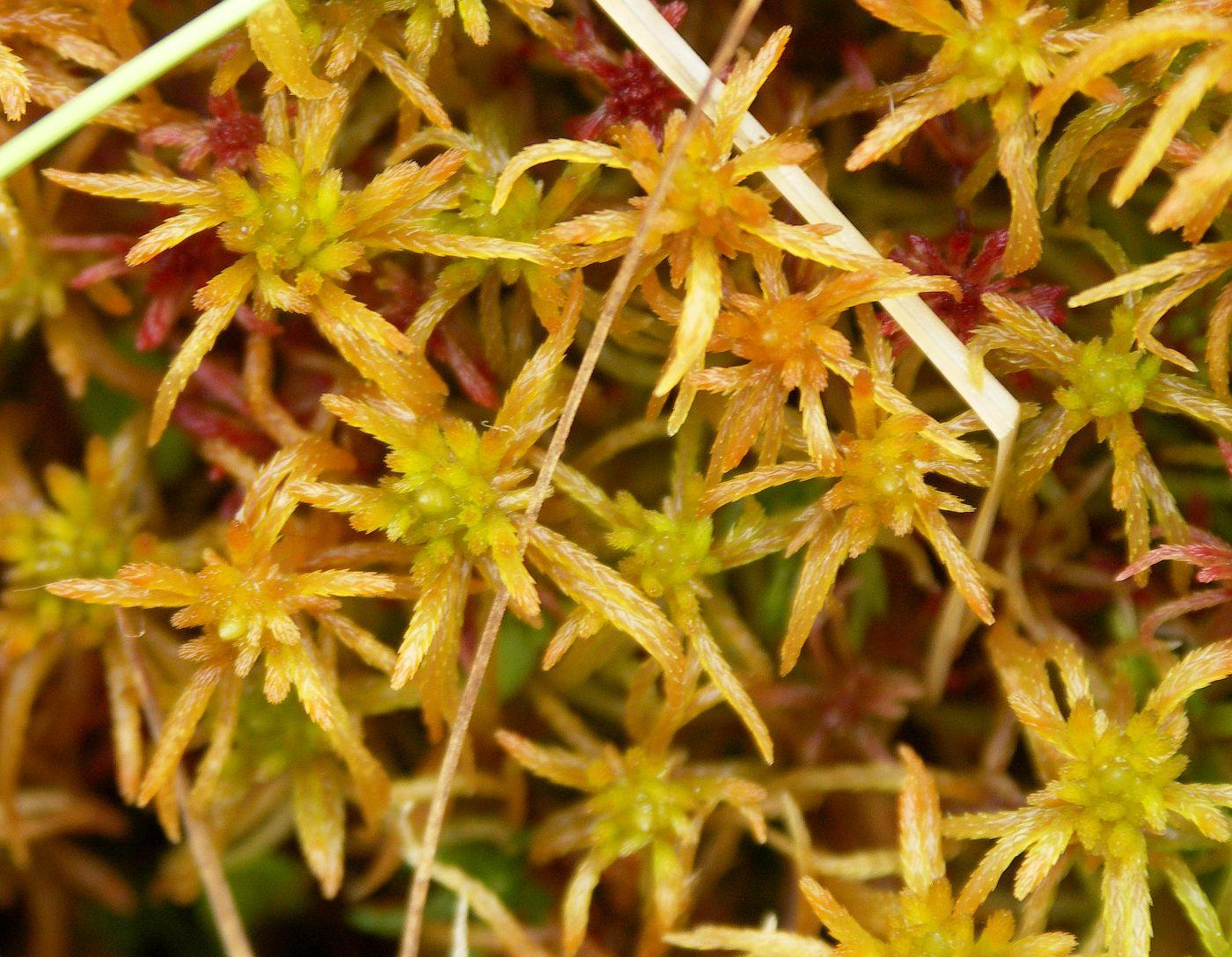
479560_a9b89d46.jpg from: https://www.plantarium.ru/page/image/id/479560.html
Background
Before delving into the details of Sphagnum teres, it’s essential to understand the broader context of mosses. These small, non-vascular plants belong to the
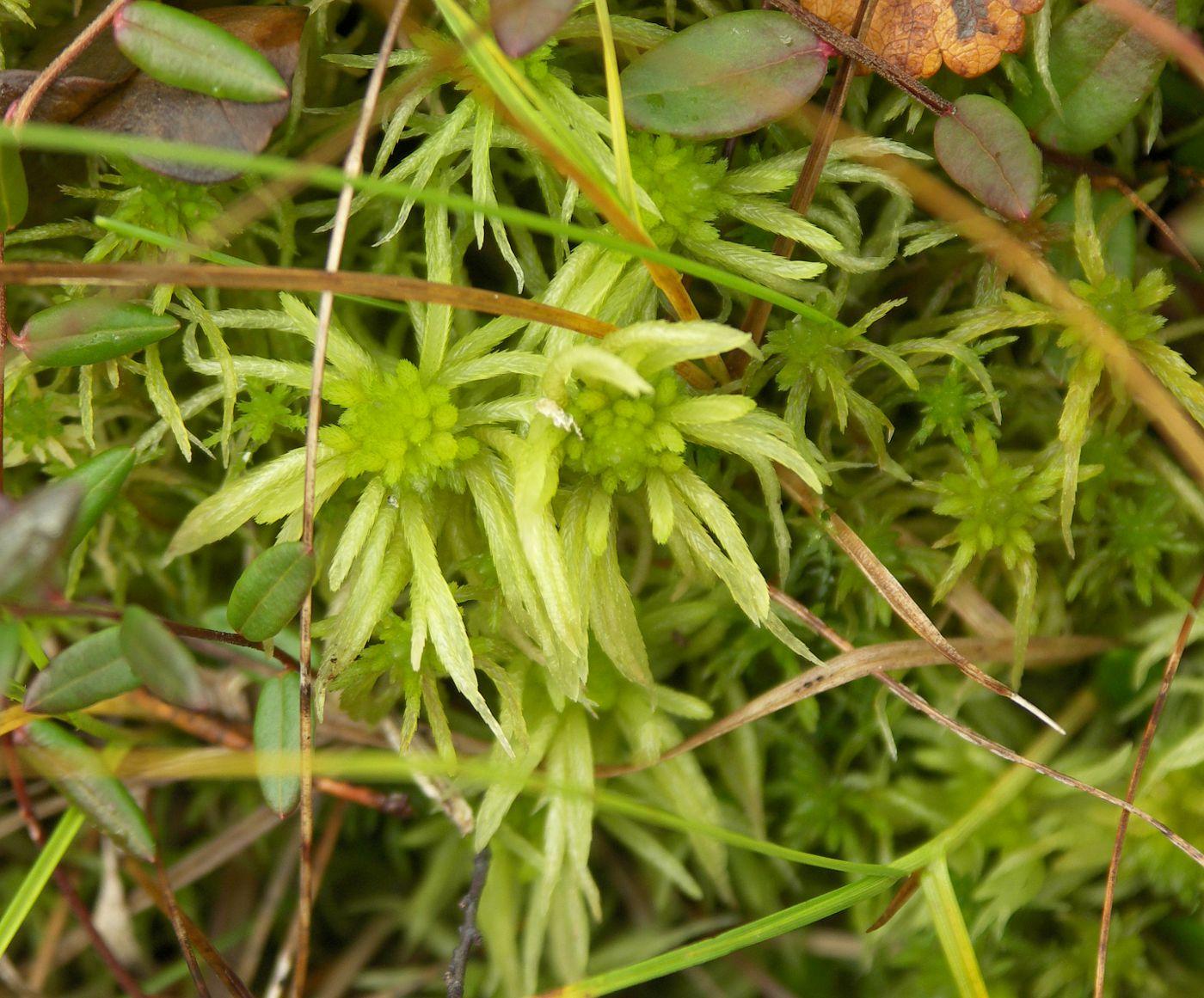
479562_8f466a2a.jpg from: https://www.plantarium.ru/page/image/id/479562.html
Bryophyta division and are classified under the class Sphagnopsida. Mosses play a crucial role in various ecosystems, acting as pioneers in colonizing new environments and contributing to soil formation and water retention.
Main Content
Morphology and Identification
Sphagnum teres is a distinctive moss species that can be identified by its slender, cylindrical stems and tightly clustered branches. The plant’s leaves are typically small, ovate, and concave, giving it a unique appearance. One of the most notable features of this moss is its ability to hold water, thanks to its specialized cells called hyaline cells and chlorophyllous cells.
Global Distribution and Habitat
Sphagnum teres is widely distributed across the Northern Hemisphere, including regions of Europe, Asia, and North America. It thrives in acidic, nutrient-poor environments
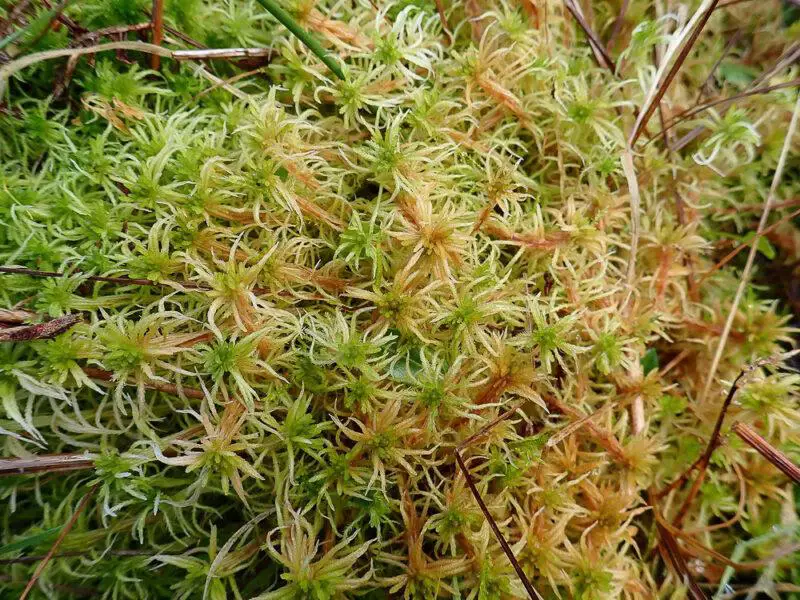
Sphagnum-teres_Weir-Water-800×600.jpg from: https://www.britishbryologicalsociety.org.uk/learning/species-finder/sphagnum-teres/
, such as bogs, fens, and wet tundra. This moss is often found growing in dense mats or cushions, forming an essential component of these unique ecosystems.
Ecological Roles and Adaptations
Sphagnum teres plays a vital role in the ecosystems it inhabits. Its ability to absorb and retain water helps regulate the hydrology of these environments, creating suitable conditions for other plant and animal species. Additionally, the moss contributes to peat formation, which is essential for carbon sequestration and the preservation of archaeological artifacts.
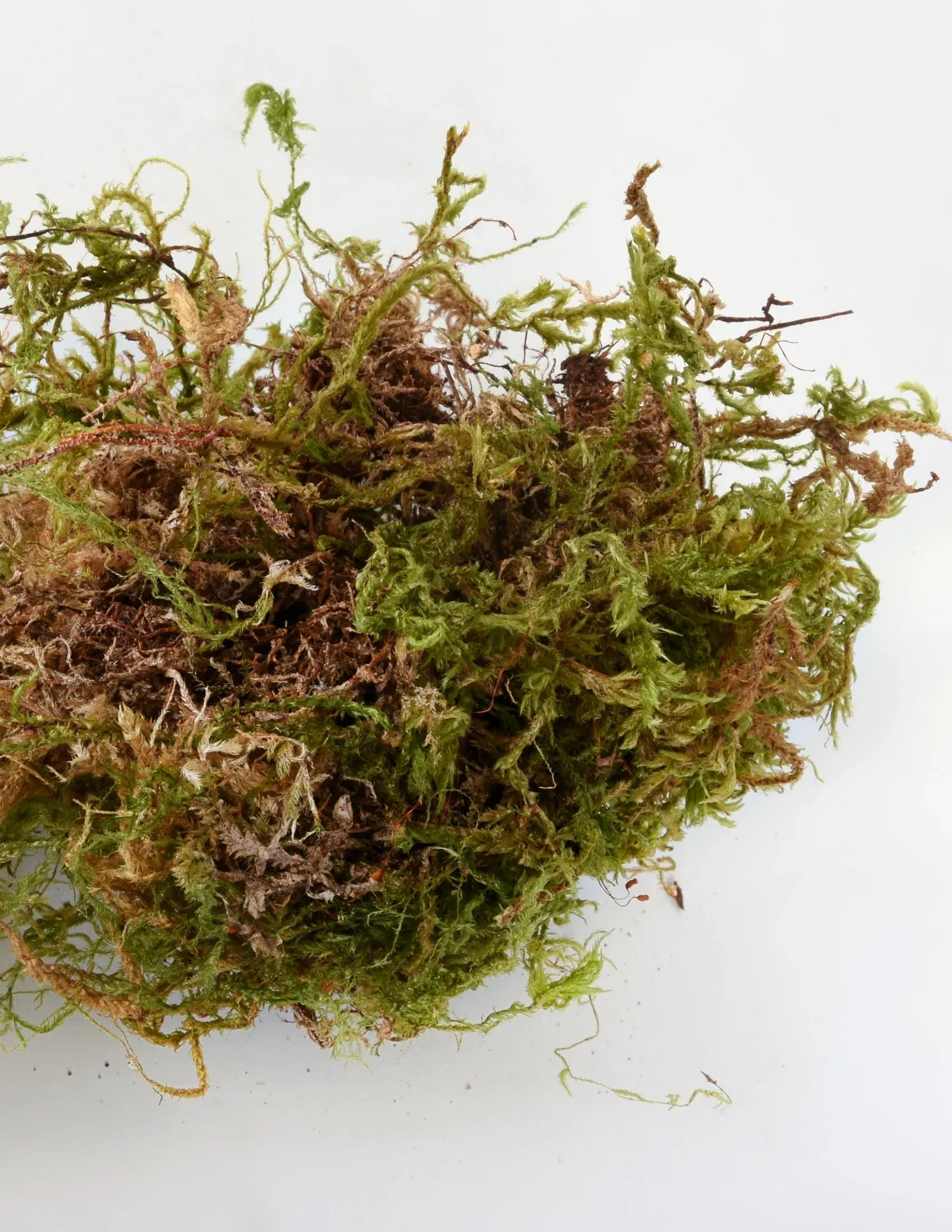
sphagnum3_934c207f-91bb-4ccc-9a69-3cb114b7c7b9_1491x1930.jpg from: https://pistilsnursery.com/collections/for-your-plants/products/sphagnum-moss
One of the remarkable adaptations of Sphagnum teres is its tolerance to low nutrient levels. This trait allows it to thrive in environments where other plants struggle to survive. Furthermore, the moss’s acidic nature helps create a unique microenvironment that supports a diverse array of specialized organisms.
Case Studies/Examples
In Scandinavia, Sphagnum teres is a common component of raised bogs, where it plays a crucial role in maintaining the delicate balance of these ecosystems. Similarly, in the Great Lakes region of North America, this moss is found in fens and poor fens, contributing to the unique biodiversity of these wetland habitats.
Technical Table
| Characteristic | Description |
|---|---|
| Scientific Name | Sphagnum teres (Schimp.) Ångstr. |
| Family | Sphagnaceae |
| Division | Bryophyta |
| Class | Sphagnopsida |
| Stem | Slender, cylindrical |
| Branches | Tightly clustered |
| Leaves | Small, ovate, concave |
| Water Retention | High, due to specialized cells |
| Habitat | Bogs, fens, wet tundra |
| Distribution | Northern Hemisphere |
Conclusion
Sphagnum teres is a remarkable moss species that plays a vital role in the ecosystems it inhabits. Its unique morphology, adaptations, and ecological significance make it a fascinating subject for enthusiasts and researchers alike. As we continue to explore and understand the intricate world of mosses, Sphagnum teres serves as a reminder of the incredible diversity and resilience of these often overlooked but essential organisms.
Ponder this: How might the study of Sphagnum teres and other mosses contribute to our understanding of ecosystem dynamics and the preservation of these fragile environments in the face of global environmental challenges?
